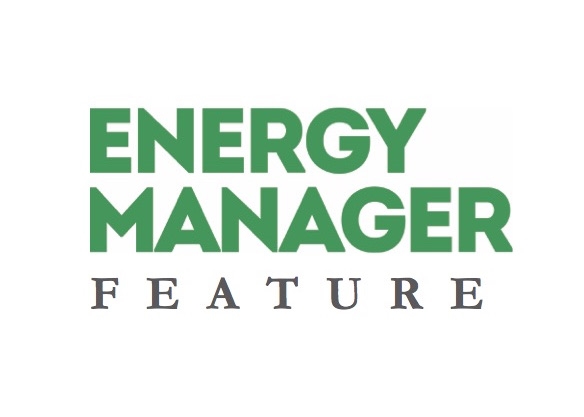
News
Year 2 of Cap & Trade Ontario: 3 things to monitor • COLUMN
January 11, 2018 - The first year of Ontario’s cap & trade program is behind us, and participating energy users are getting used to carbon inventories and applying for allowances. Four auctions were held to sell credits for participants who had, or anticipate having, an allowances deficit. It is hoped that many companies, both large and small, become more focused on reducing emissions.
January 11, 2018 By Anthony Capkun

As we look ahead to the remainder of the compliance period, here are 3 THINGS that any astute carbon emitter should monitor closely.
1. Regulatory and political landscape
As of January 1, 2018, Ontario’s carbon market is linked with that of Quebec and California through the Western Climate Initiative (WCI). This linkage:
• enables allowance trading among all three jurisdictions,
• increases access to allowances in secondary markets rather than just government auctions,
• may increase competition, impacting pricing and purchasing strategies, and
• strengthens the political foundation for the program itself due to these interjurisdictional connections.
The federal government’s push for carbon fees in every province by year-end may impact Ontario’s program, depending on the nature of each province’s program and their respective carbon prices.
Meantime, an election looms in Ontario, and the leading parties have very diverse views on carbon management. Although the link with the WCI makes it tricky to cancel cap & trade, anything can happen in politics.
2. Carbon prices
In Ontario, the average auction price of carbon in 2017 was $18.22/tonne, sold only in 1000-t increments. California and Quebec’s joint auctions averaged slightly higher at $18.84/tonne. The combined market available to Ontario-based sites has now more than tripled; some analysts believe greater demand in this larger market could drive the price of carbon higher. Likewise, as the end of the compliance period nears, demand may rise as more companies seek to balance their allowance accounts.
It makes sense for any participating company to develop knowledge of the carbon markets so it can be strategic about purchasing from auctions or the secondary market, and to properly evaluate ROI on carbon-reduction projects.
3. Your own status
Just as you review your energy use and budget every year, and project revisions due to operations, production and facility changes, you should also review emissions. In Ontario, the free government carbon allowances decline relative to your total emissions every year; 2018 allowances are 4.57% lower than 2017. Based on the data you have, what will your allowance balance be by the end of the compliance period? Cash flow management and market fluctuations are good reasons to consider buying ahead.
Also consider what actions you can take through conservation or moving to lower-carbon fuels, as they can reduce your deficit or even generate a surplus. Can the carbon savings help improve the ROI for a project you have been considering?
If your organization does not qualify for (or you chose not to register in) cap & trade, you currently pay a fixed price for carbon on your utility bills (included in the distribution charges). It is unclear how linking with California’s market may impact the carbon price paid on those fuels, but working to switch fuels and become more efficient will benefit you regardless. ♦♦♦
ABOUT THE AUTHORS: David Arkell is the president & CEO of energy management consultancy 360 Energy. He is driven by a passion to help others perform better than they ever thought possible, and the belief that a diverse team effort is the best way to secure measurable, lasting energy savings. Joe Hall is 360 Energy’s director, Business Development. He possesses over 25 years of North American and international experience, and works closely with clients to help make energy management a focus in their strategic plans and sustainability policies. For more information, email joe.hall@360energy.net or visit www.360energy.net.
Print this page
